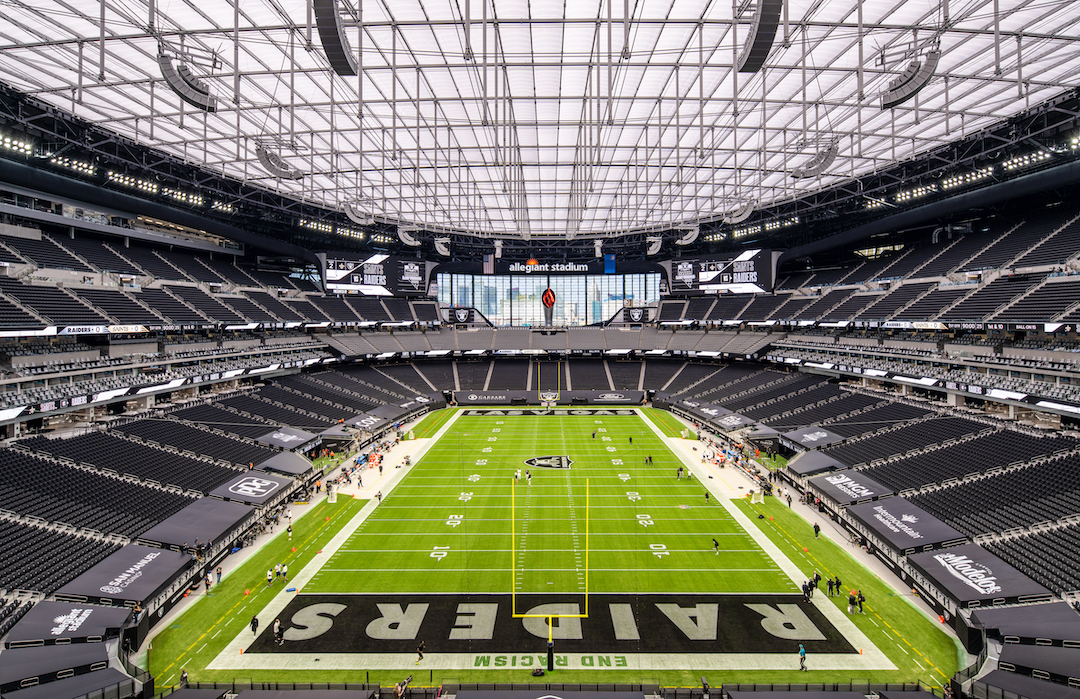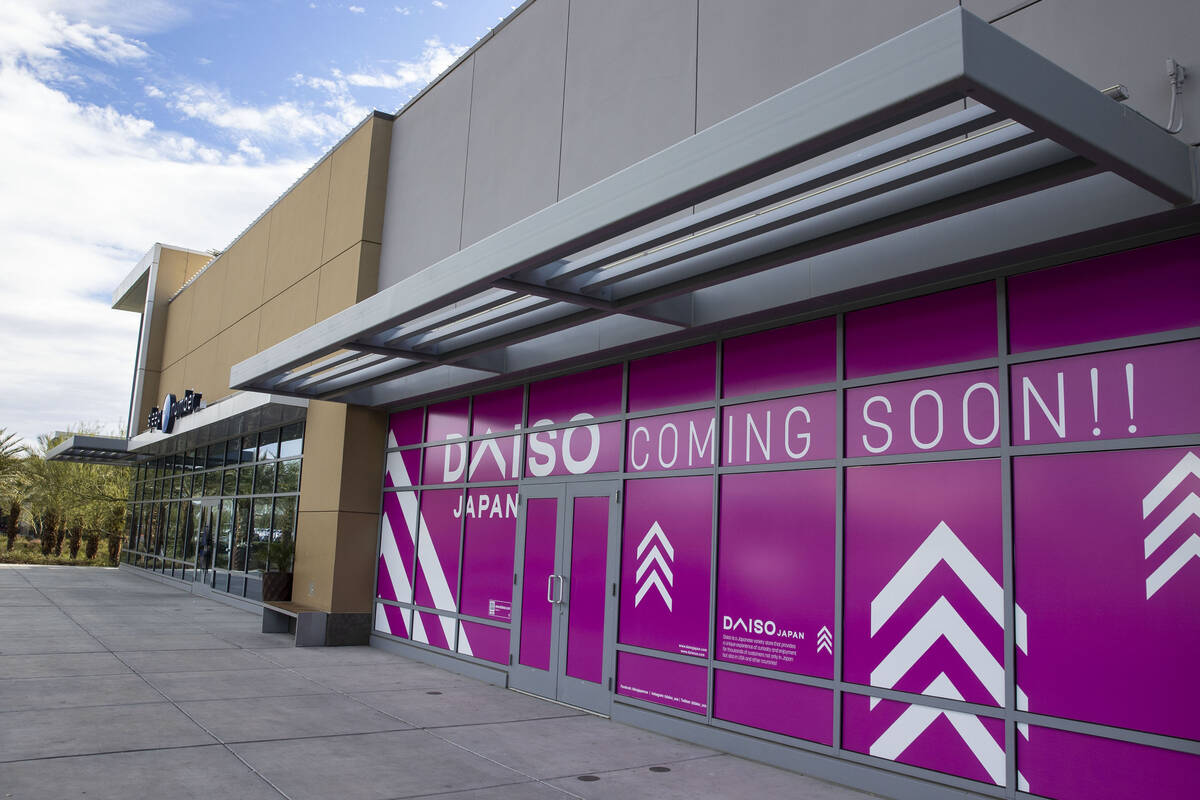Editor’s note
: As the Las Vegas economy continues to recover from the coronavirus pandemic, Dr. Vivek Sah, director of the Lied Center for Real Estate at Lee Business School, looks at an analysis of the real estate market in southern Nevada and how it can hold its own against the stronger recovery in the region.
From a one-off pandemic to an irrational stock market, 2020 has been a year of anomalies. And you can add the bustling real estate market to the bustling year. Although real estate markets have risen in most of the Metropolitan Statistical Areas (MSAs), the Las Vegas case deserves particular attention.
Before the pandemic, few would have expected that southern Nevada would benefit from a growing – at least not exploding – real estate market during a global crisis. However, if we look back on the past year, prices in Las Vegas have risen an average of 20% year over year, which is among the highest in the nation. In context, consider that Las Vegas was the figurehead of the 2008 housing crash and has an unusually high level of reliance on the gaming and hospitality industries.
The lockdowns triggered by the pandemic brought the city – which had a record 42 million visitors in 2019 – and its core economy to a standstill when hotels and casinos closed their doors in March 2020. While the national average unemployment rate was around 14%, Las Vegas was the highest in the nation at almost 30%. Congresses, conferences, top Las Vegas sporting events such as the remarkable National Finals Rodeo, the NFL Draft, and college basketball games have been canceled, as have the dreams of international tourists who populate this unique global travel destination.
The economic signs were ominous, and for locals, economists, business leaders, and government and local officials, it was a reminder of the aftermath of the last financial crisis. But something was different. 2020 was a stellar year for Nevada’s real estate market, at least from a price standpoint, despite new and resale volumes falling nearly 40%. Despite mass layoffs and vacations across the core business, people affected by such measures could take a break in their homes’ rising equity.
Then how was that time different from the carnage of the Great Recession?
Change in the economic base
The main long-term driver of a real estate market is its economic base and, most importantly, its resilience during a downturn. Over the past decade, Las Vegas has gradually diversified its economy, with growth in certain sectors and a slight decline in key key sectors. Significant job creation in several non-core sectors relieves Las Vegas of its heavy reliance on leisure and hospitality and makes the real estate market more resilient than it was in 2008.
Over the past five years, Las Vegas has received the visibility it deserves for its location, income tax benefits, great airport access, and climate. The move of the NFL Raiders and the magical opening season of the NHL’s Vegas Golden Knights have drawn attention to southern Nevada as an economic hub that is far more than just a tourist and recreational destination. That diversity, while small now, was key to maintaining a healthy housing market in 2020. More manufacturing, distribution, financial services, and healthcare companies are sure to move to southern Nevada as this decade progresses. This will further boost the property market and help it maintain its resilience.
Delivery restrictions
While the local economy drives demand for residential property, the supply side is also crucial. Housing supply was plentiful during the Great Recession, which further exacerbated the price correction at the time. However, the relatively small number of new entries in 2020 contrasts sharply with the high number during the 2008 crash. The global nature of the pandemic put a brake on both new and resold homes. In the case of a new build, the interruption in supplies of materials combined with lockdown restrictions slowed the pace at which new inventories came onto the market.
On the resale side, a limited number of homes came on the market. The pandemic paused professional mobility both locally and across the region, and also slowed any improvements considered due to economic challenges. Overall, the restrictive supply exerted upward pressure on property prices despite a slight decline in demand and kept them lively until 2020.
Immigration / demographic changes
Before the pandemic, significant numbers of people moved to Las Vegas, mostly from California, which was plagued by high taxes, rising house costs and a host of natural disasters. Nevada’s proximity to the Golden State has helped him tremendously, and the timing of this relocation coincided with a growing economic base.
Mortgage Forbearance
Aside from the other fundamental changes described, the mortgage forbearance program installed by the federal government, coupled with other state moratoriums, has definitely contributed to the current real estate market. With the expiry of the program in the second half of 2021, a small “correction” in the market was to be expected. Until then, however, there is likely to be a more robust economic recovery when normal travel resumes, opening the city up for conferences and events. As we near a full economic recovery over the next year, housing demand from local households hit by the economic hardship should recover, potentially offsetting a surge in the supply of distressed assets.
What’s next?
2020 was a stellar year for prices, but that was an anomaly largely driven by a number of factors, most notably mortgage forbearance, which was the artificial plug that shielded the market. Despite the volatility between markets and fears of inflation, interest rates are expected to be kept low through 2022 to support a broad economic recovery. In Las Vegas in particular, employment growth (or we should say, the resumption of lost jobs) will continue until mid-2022. While real estate markets are expected to continue growing over the next year, we need to keep a close eye on interest rates and market supply (both new construction and resale and distressed assets). This will determine price growth which is likely to slow down to normal which I think is more rational.














